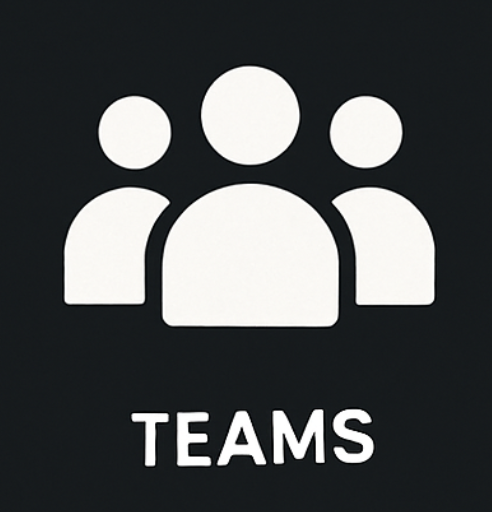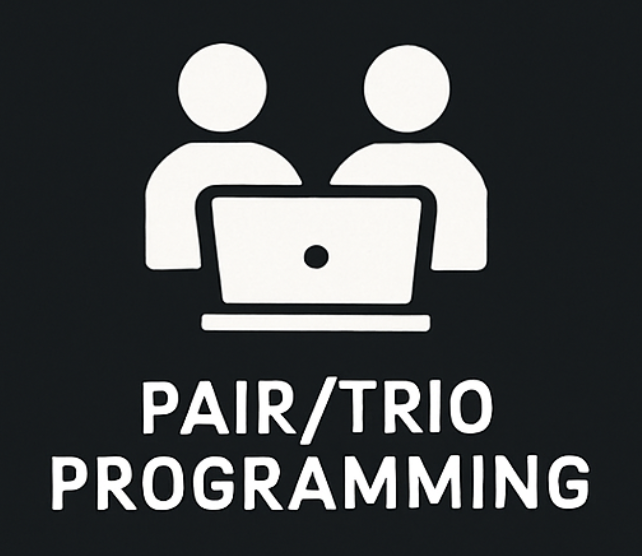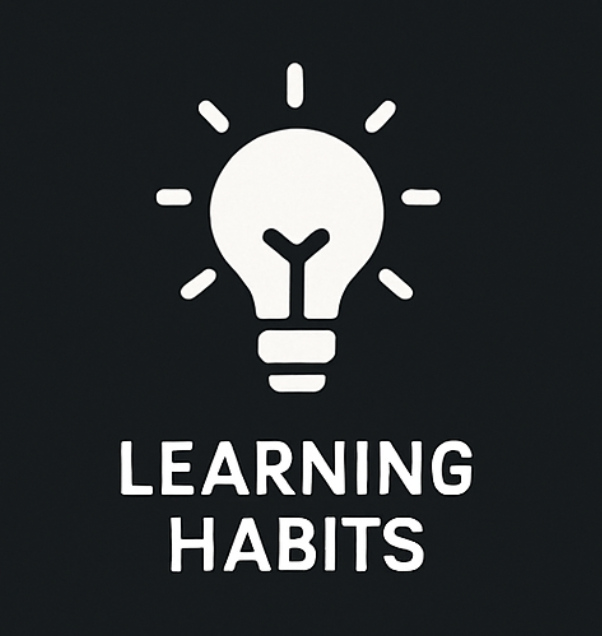Agile Methodologies
Working with Teams and practicing Scrum Agile Metodlogies in a classroom environment.
Agile Foundations
All significant software projects are built by teams of people. Agile development emphasizes the importance of diverse teams, collaboration, and continuous learning. This section covers the key practices and habits that make agile teams successful.
Teams
- Build diverse teams
- Establish common goals
- Create a manifesto
Social Computing
Create project teams that are diverse and inclusive. Establish common goals and create a team manifesto to guide your agile development process.
Pair/Trio Programming
- Collaborate in real-time
- Establish ceremonies in the team
- Share and collaboorate on knowledge
Collaboration
Pair and trio programming allows developers to collaborate in real-time, sharing knowledge and skills. Establish cermonies within the team to enhance productivity and learning.
Learning Habits
- Embrace continuous learning
- Reflect on progress and adapt
- Document and share knowledge
Continuous Improvement
Agile development emphasizes continuous learning and improvement. Reflect on your progress, adapt your practices, and document your knowledge to share with the team.
Design Thinking
- Agile principles
- Incorporating Design Thinking
- Design Thinking Process
Improving Practices
Incorporating Design Thinking into Agile practices enhances creativity and innovation. Human-centered design thinking also makes Agile processes more effective in areas such as testing, burndown ceremonies, and retrospective analysis.
Live Reviews
- Checkpoint reviews each week
- Summative reviews at end of sprint
- Individual retrospectives after each sprint
Improving Practices
Formative and summative reviews are essential in agile development. Conduct weekly checkpoint reviews and individual retrospectives to improve practices and outcomes.





